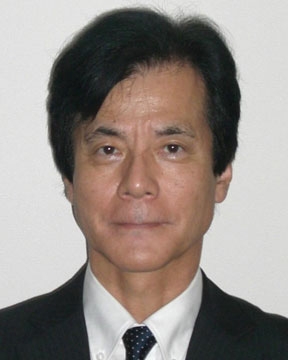



















 |
Takahiko IriyamaCorporate R&D Center, Daido Steel Co., Ltd.Recent Developments In R-fe-x Permanent Magnets Kobe International Symposium on Science of Innovative and Sustainable Alloys and Magnets (5th Intl. Symp. on Science of Intelligent and Sustainable Advanced Materials (SISAM)) Back to Plenary Lectures » |
Abstract:The demand for high-performance rare-earth-iron permanent magnets in various applications such as motors/sensors for automotive, electronic devices, or home appliances has increased in recent years. Sintered or hot-deformed Nd-Fe-B magnets [1, 2] are the most attractive choice because they have the highest (BH)max value among all the commercial magnetic materials. The addition of heavy rare earth elements (HREEs), such as Dy or Tb, is a common way to increase the coercivity of Nd-Fe-B magnets thus allowing the use of such magnets at high temperatures. The problem with the HREE addition, however, is the reduction of (BH)max. Another problem, which is even more serious, is the supply risk of HREEs due to geo-political and environmental issues. Accordingly, efforts to reduce HREE use have been undertaken all over the world. Fabrication processes utilizing grain boundary diffusion (GBD) have recently been developed to effectively reduce HREE usage by more than 50%. The ultimate goal, however, is the creation of HREE-free Nd-Fe-B magnets with high coercivities. [1] M. Sagawa, S. Fujimura, N. Togawa, H. Yamamoto, and Y. Matsuura, J. Appl. Phys., 55 (1984) 2083. |
|